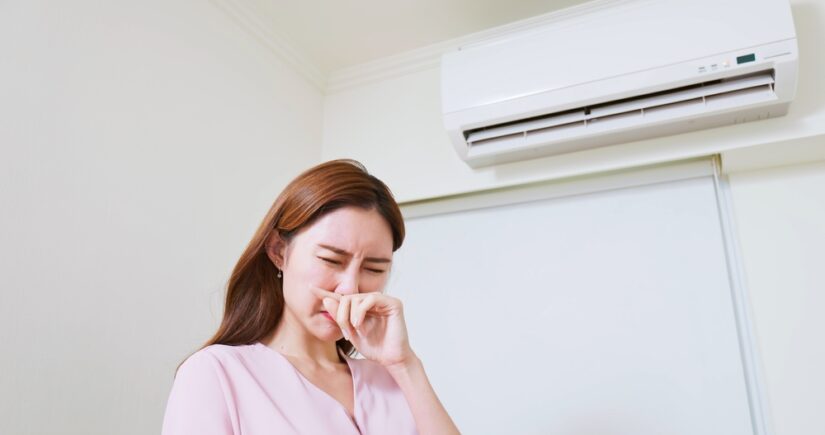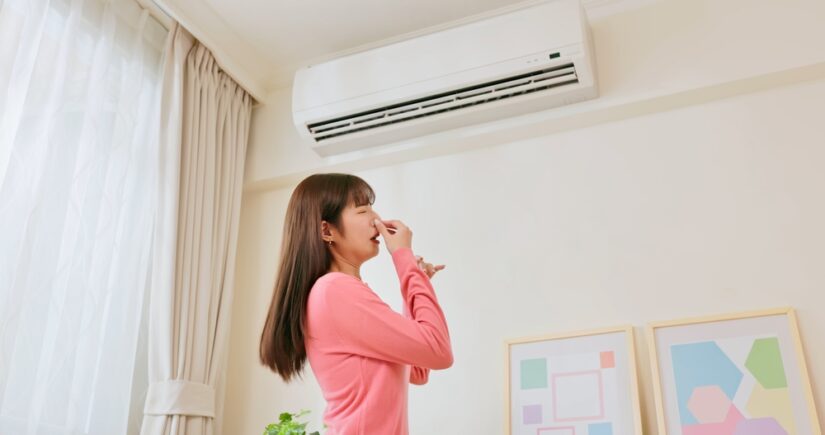
Mildew smell is an unwelcome guest in many homes, often signaling the presence of moisture and mold. To effectively eliminate mildew odor, it is crucial to identify and address the underlying moisture issue while employing specific cleaning methods and products designed to neutralize unpleasant smells. By understanding the causes and solutions, homeowners can restore freshness to their living spaces.
A variety of strategies exist for tackling mildew smell, ranging from natural remedies to commercial products. Baking soda, vinegar, and essential oils can be powerful allies in combating this odor, while thorough cleaning and proper ventilation play essential roles in prevention.
Taking immediate action not only improves indoor air quality but also safeguards against potential health risks associated with mold exposure. Readers will discover practical tips and techniques to ensure that their homes remain a clean and inviting environment.
Identifying and Eliminating Mildew Odors
Mildew odors are often a result of excess moisture and the growth of mold. Identifying the source and effectively removing the odor requires a clear approach.
Understanding the Cause of Mildew Smell
Mildew thrives in damp, poorly ventilated areas. It releases microbial volatile organic compounds (MVOCs) that contribute to unpleasant odors. Common locations include basements, bathrooms, and kitchen cabinets.
Factors such as high humidity, leaks, or inadequate ventilation can exacerbate mildew growth. Identifying these conditions is crucial. Using a moisture meter can help assess humidity levels in specific areas.
Regular inspections and immediate attention to leaks can prevent odors from developing. Engaging a professional may be necessary if the mildew problem is extensive. Early detection is key to maintaining a fresh indoor environment.
Step-by-Step Odor Removal
To eliminate mildew odors, follow these steps:
- Locate the Source: Inspect areas prone to moisture. Look for mold growth, discoloration, or water damage.
- Improve Ventilation: Open windows or use fans to enhance airflow in affected areas. This helps reduce moisture levels.
- Clean Affected Surfaces: Use a mixture of water and vinegar or a commercial cleaner specifically designed for mildew. Scrub surfaces thoroughly.
- Remove Contaminated Materials: Discard items that cannot be cleaned, such as carpeting or porous materials.
- Use Dehumidifiers: Place dehumidifiers in damp areas to lower humidity levels, promoting a drier environment.
- Air Fresheners: After cleaning, use air fresheners or odor absorbers to mask residual smells temporarily.
Regular maintenance and attention to moisture control is essential for preventing future mildew odors.
Prevention and Maintenance
Maintaining a mildew-free environment requires the right products and proactive strategies. Effective cleaning solutions and consistent preventive measures can significantly reduce mildew’s presence and its associated odor.
Recommended Products and Remedies
There are several effective products for combating mildew smells. Baking soda is a well-known remedy; it absorbs odors and can be sprinkled in areas prone to mildew. Vinegar is another option; it acts as a natural disinfectant. A mixture of 1 cup water and 1 cup vinegar can be used for cleaning surfaces.
Commercially available products like bleach-based cleaners are effective for hard surfaces, but it’s crucial to follow instructions carefully. For fabrics, enzyme-based cleaners can help break down the organic matter causing odors.
Using an air purifier with a HEPA filter can also improve indoor air quality by removing mildew spores. Regular application of these products can lead to a significant reduction in mildew odors.
Preventive Strategies for Mildew Control
Preventing mildew involves controlling moisture levels and improving ventilation. Keeping humidity below 50% is essential. A dehumidifier can help maintain this level, especially in damp areas like basements.
Proper ventilation in bathrooms and kitchens is crucial. Installing exhaust fans or opening windows can help decrease humidity and prevent mildew growth. Regularly inspecting and cleaning drainage systems and gutters will also prevent water accumulation.
Additionally, using moisture-resistant materials for home construction or renovations can minimize the risk of mildew development. Homeowners should regularly check for leaks in plumbing and roofs, addressing issues promptly.

Got Rot’s Odor Removal and Remediation
Got Rot specializes in mold remediation and odor removal, providing tailored solutions for mildew issues. Our services include thorough inspections to identify hidden moisture sources.
We offer expert cleaning services using advanced equipment like HEPA vacuums and antimicrobial treatments. This ensures that both mold and its odor are effectively eliminated.
Additionally, Got Rot provides protective measures after remediation. This can include recommendations for future prevention, ensuring that customers maintain a clean and odor-free environment. Our expertise in the field allows for comprehensive solutions that tackle both the source and the symptoms of mildew.
Maintaining a mildew-free environment requires the right products and proactive strategies. Effective cleaning solutions and consistent preventive measures can significantly reduce mildew’s presence and its associated odor.
Get Rid of Mildew Smell With Help From Got Rot
Eliminating the mildew smell involves a combination of identifying the source, cleaning effectively, and implementing preventive measures. By using the right products and maintaining proper ventilation, homeowners can enjoy a fresh and healthy living space. Professional services like those offered by Got Rot can provide additional support, ensuring that mildew problems are thoroughly addressed and prevented from recurring. Through diligent care and regular maintenance, the battle against mildew odors can be won, resulting in a more pleasant and safe home environment.